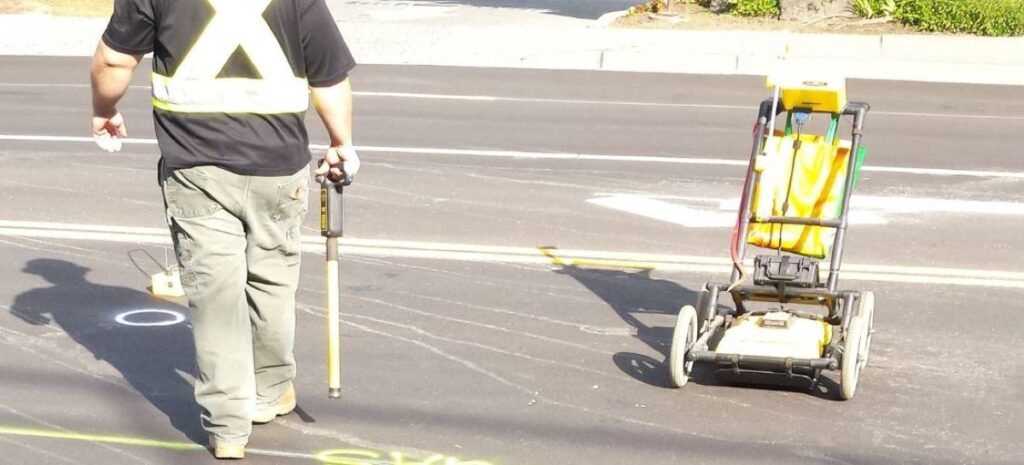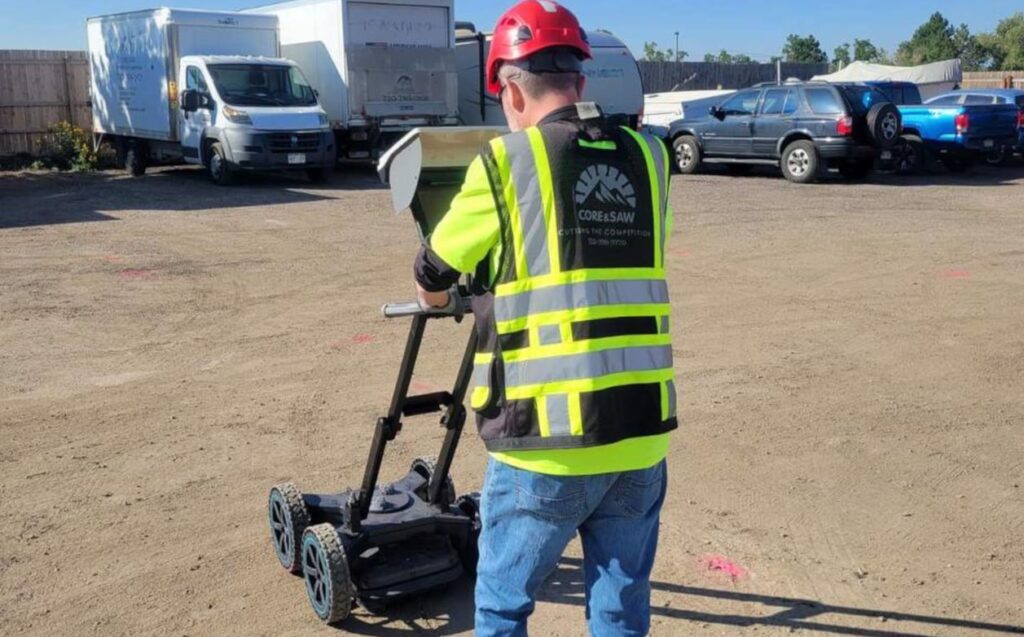Underground utilities form the backbone of modern infrastructure. They play a crucial role in delivering services such as electricity, water, sewage, and telecommunications. Understanding the complexity and operation of these systems is essential for professionals across multiple fields including construction, engineering, and urban planning. This article aims to provide a comprehensive overview of underground utilities, covering their types, installation processes, safety measures, maintenance, and future trends.
Understanding Underground Utilities
To appreciate the role of underground utilities, it is important to first define what they are and explore their significance in urban and suburban settings. By grasping the core concepts, one becomes better equipped to navigate the various challenges associated with them.
Definition and Importance of Underground Utilitiesv
Underground utilities refer to the network of essential services that are installed beneath the ground surface. This includes, but is not limited to, water pipes, sewage lines, electricity conduits, gas pipelines, and telecommunications cables. The importance of these utilities goes beyond their functional roles; they are vital for public health, safety, economic development, and environmental sustainability.
For instance, water and sewage systems help maintain hygiene and public health, while electrical lines power homes and businesses. Without efficient underground utilities, cities would struggle to function properly, impacting residents’ quality of life and local economies. Moreover, the integration of smart technologies into these utilities is becoming increasingly important. For example, smart water meters can help detect leaks early, reducing waste and ensuring that communities have access to clean water. Similarly, advancements in electrical grids, such as smart grids, can optimize energy distribution and enhance reliability.
Types of Underground Utilities
Understanding the various types of underground utilities can elucidate their diverse roles in urban settings. Here are some of the primary categories:
- Water Supply Systems: These consist of pipes and systems designed to transport clean water for drinking, sanitation, and irrigation.
- Sewage and Wastewater Systems: These manage the disposal of waste and stormwater to prevent flooding and pollution.
- Electric Power Lines: These deliver electricity from generation plants to consumers, conducted primarily through insulated cables.
- Natural Gas Lines: These pipelines transport natural gas for heating and cooking purposes.
- Telecommunication Cables: These include fiber optic and copper lines used for internet, telephone, and cable services.
Each type of utility requires specialized knowledge and skills for installation and maintenance, highlighting the need for trained professionals in the field. Furthermore, the planning and construction of these utilities are often subject to strict regulations and standards to ensure safety and reliability. For example, the placement of gas lines must adhere to specific depth requirements to minimize the risk of accidental damage during construction activities. Additionally, regular inspections and maintenance are crucial for preventing failures that could lead to hazardous situations, such as gas leaks or sewage overflows, which can have dire consequences for communities.
The Process of Installing Underground Utilities
The installation of underground utilities is a complex process that demands meticulous planning and execution. Understanding the stages involved can help stakeholders anticipate challenges and streamline operations.
Planning and Designing
The first phase in the installation of underground utilities involves thorough planning and design. This includes conducting feasibility studies, mapping existing utilities, and evaluating environmental impacts. Planners utilize technology such as Geographic Information Systems (GIS) to create accurate maps and models.
Collaboration between various stakeholders—such as utility companies, local governments, and engineering firms—is essential during this stage. This cooperative approach helps avert conflicts and ensures compliance with regulations, ultimately facilitating smoother execution in later stages. Additionally, community engagement plays a pivotal role in the planning process. Informing local residents about the project can help mitigate concerns and foster goodwill, which is crucial for maintaining public support and minimizing disruptions during construction.
Excavation and Installation
Once the planning is in place, the next phase involves excavation and installation. This often begins with site preparation, where the surface is cleared and marked. Heavy machinery, such as excavators, is typically employed to dig trenches deep enough to accommodate the utility lines.
Following excavation, the actual installation of utility lines takes place. This step requires adherence to safety regulations and precise procedures to ensure the utilities are laid at the correct depth and alignment. After installation, the trench is backfilled, and the surface is restored to minimize disruption to the surroundings. Furthermore, the installation process may also include the integration of advanced technologies, such as smart sensors and automated monitoring systems, which enhance the efficiency and reliability of utility services. These innovations not only improve operational performance but also contribute to better resource management and sustainability in urban planning.
Safety Measures in Handling Underground Utilities
Safety is paramount when dealing with underground utilities. This is crucial not only for the workers involved but also for the public and the environment. Following established safety measures can significantly reduce risks associated with utility work.
Identifying Utility Locations
Before any excavation work commences, it is vital to accurately identify the locations of existing utilities. Utility companies often provide mapping services, illustrating the layout of their lines. Moreover, various technologies, including ground-penetrating radar, can be employed to detect buried infrastructure.
Accurate identification mitigates the risks of accidental damage during excavation, which can lead to dangerous situations, service interruptions, and costly repairs. It is critical for contractors to communicate with utility providers to confirm the locations of buried lines. Additionally, employing a combination of digital mapping and physical markers can enhance the accuracy of utility location, reducing the likelihood of mishaps. Workers should also be trained to recognize the different types of utility markers, as this knowledge can be instrumental in ensuring that all underground lines are respected and avoided during excavation.

Safe Digging Practices
In addition to identifying the locations of utilities, adhering to safe digging practices is essential. Workers should be trained in techniques to minimize the risk of damaging underground lines, which includes using hand tools near utility markers and proceeding cautiously when digging.
Furthermore, maintaining an open line of communication between all team members is crucial. Regular safety meetings and compliance with protocols such as “Call Before You Dig” are beneficial practices that protect both workers and the public. It is also important to implement a buddy system during excavation work, where team members look out for one another, ensuring that safety protocols are followed diligently. This collaborative approach not only fosters a culture of safety but also enhances the overall efficiency of the project, as workers are more likely to adhere to safety measures when they feel supported by their peers. Additionally, having emergency response plans in place can further safeguard against potential accidents, allowing teams to react swiftly and effectively should an incident occur.
Maintenance and Repair of Underground Utilities
The reliability of underground utilities is heavily dependent on regular maintenance and prompt repairs. Established systems not only prolong the life of the infrastructure but also reduce incidences of service disruption.
Regular Inspection and Maintenance
Conducting regular inspections of underground utilities is essential for identifying potential issues before they escalate into significant problems. Utility companies often use technology such as cameras and sensors to monitor the condition of pipelines and cables. These advanced monitoring systems can detect leaks, blockages, and other anomalies that may not be visible to the naked eye, allowing for timely interventions.
Regular maintenance activities may include cleaning, flushing, or repairing parts of the system to prevent clogs and corrosion. By proactively managing these systems, utility providers can ensure consistent service delivery and mitigate the risk of emergency repairs. Additionally, routine maintenance schedules are often aligned with seasonal weather patterns, as certain conditions can exacerbate wear and tear on underground utilities. For example, freezing temperatures can lead to pipe bursts, while heavy rainfall can cause soil erosion around utility lines, making it crucial to adjust maintenance practices accordingly.
Dealing with Utility Damage and Repairs
Despite the best maintenance practices, utility damage can occur due to various reasons, including extreme weather, shifting soil, and accidental excavation. Immediate response to such incidents is vital to minimize disruption and restore services. Utility companies often employ specialized teams equipped with the tools and expertise necessary to assess the damage quickly and implement repairs efficiently. This rapid response not only helps in restoring services but also reassures the community that their needs are being prioritized.
Utility companies need contingency plans and trained personnel ready to address outages. This may involve rerouting services temporarily, coordinating with emergency services, and informing affected residents promptly. Furthermore, effective communication strategies are essential during repair operations. Keeping the public informed about the status of repairs and expected timelines for service restoration helps to manage expectations and maintain trust in utility providers. In many cases, community engagement initiatives, such as public meetings or informational flyers, are employed to educate residents about the importance of utility maintenance and the steps being taken to ensure their safety and comfort.

The Future of Underground Utilities
The landscape of underground utilities is continually evolving, driven by technological advancements and sustainability initiatives. Understanding these trends is key for professionals in the field.
Technological Advancements
Emerging technologies are poised to enhance the effectiveness and efficiency of underground utility management. Innovations such as smart grids, IoT sensors, and advanced materials are revolutionizing how utility systems are monitored and maintained.
Smart grids, for example, facilitate real-time monitoring of energy consumption and outage management, leading to improved service reliability. Similarly, IoT sensors can detect leaks or failures in water and gas lines, allowing for quick intervention and reducing waste.
See Also : Why an Underground Utility Locating Service is Crucial for Planning
Sustainability and Underground Utilities
As the world increasingly prioritizes sustainability, the underground utilities landscape is adapting accordingly. This includes shifting towards eco-friendly materials and practices that minimize environmental impact.
Strategies such as using renewable energy sources and implementing water conservation mechanisms are paving the way for a more sustainable future. Moreover, urban planning is considering the integration of green spaces with utility installations, fostering a balance between infrastructure and natural ecosystems.
In summary, underground utilities are an integral component of society that requires careful planning, installation, management, and innovation. Professionals in the field must stay informed about trends and advancements to ensure that these vital services continue to function efficiently and sustainably.
